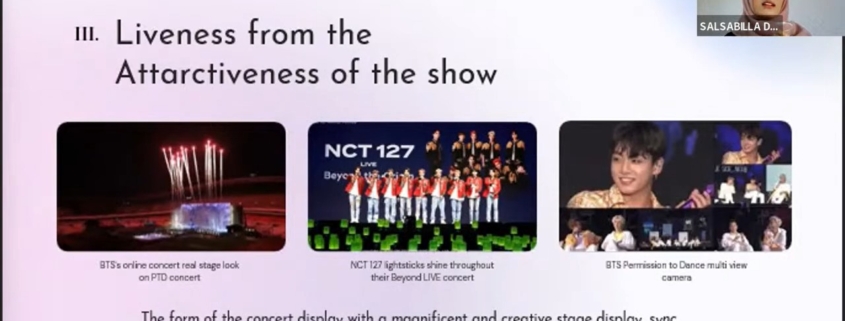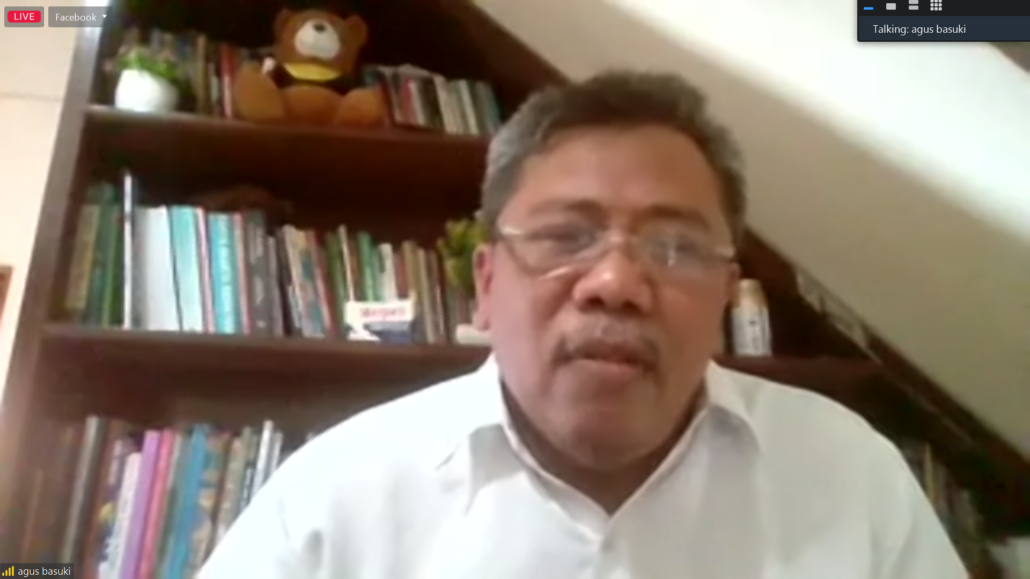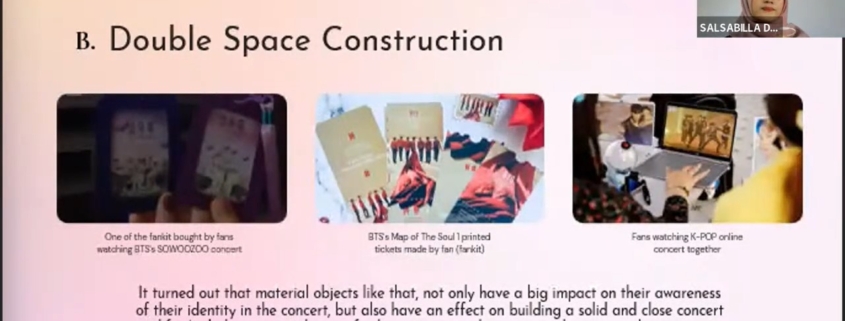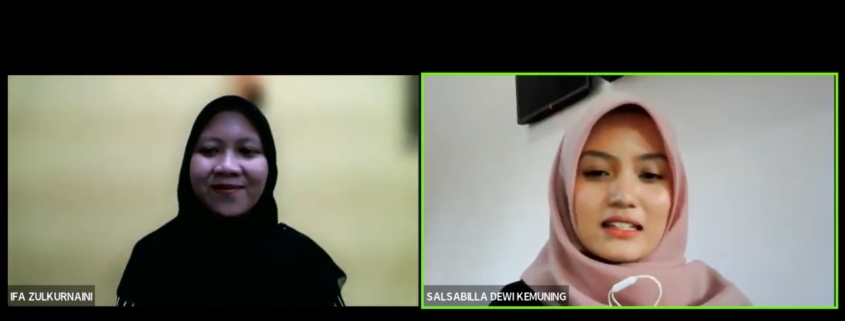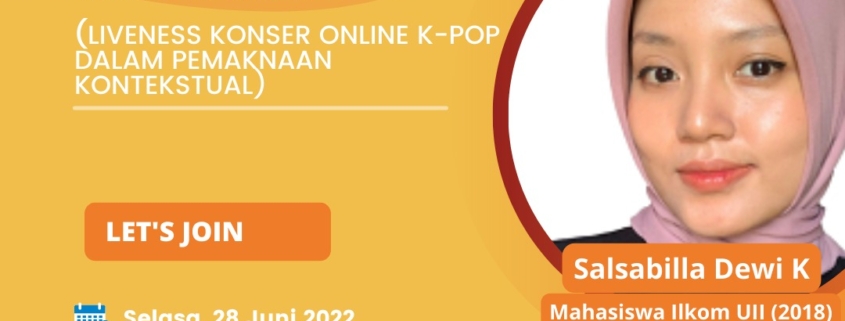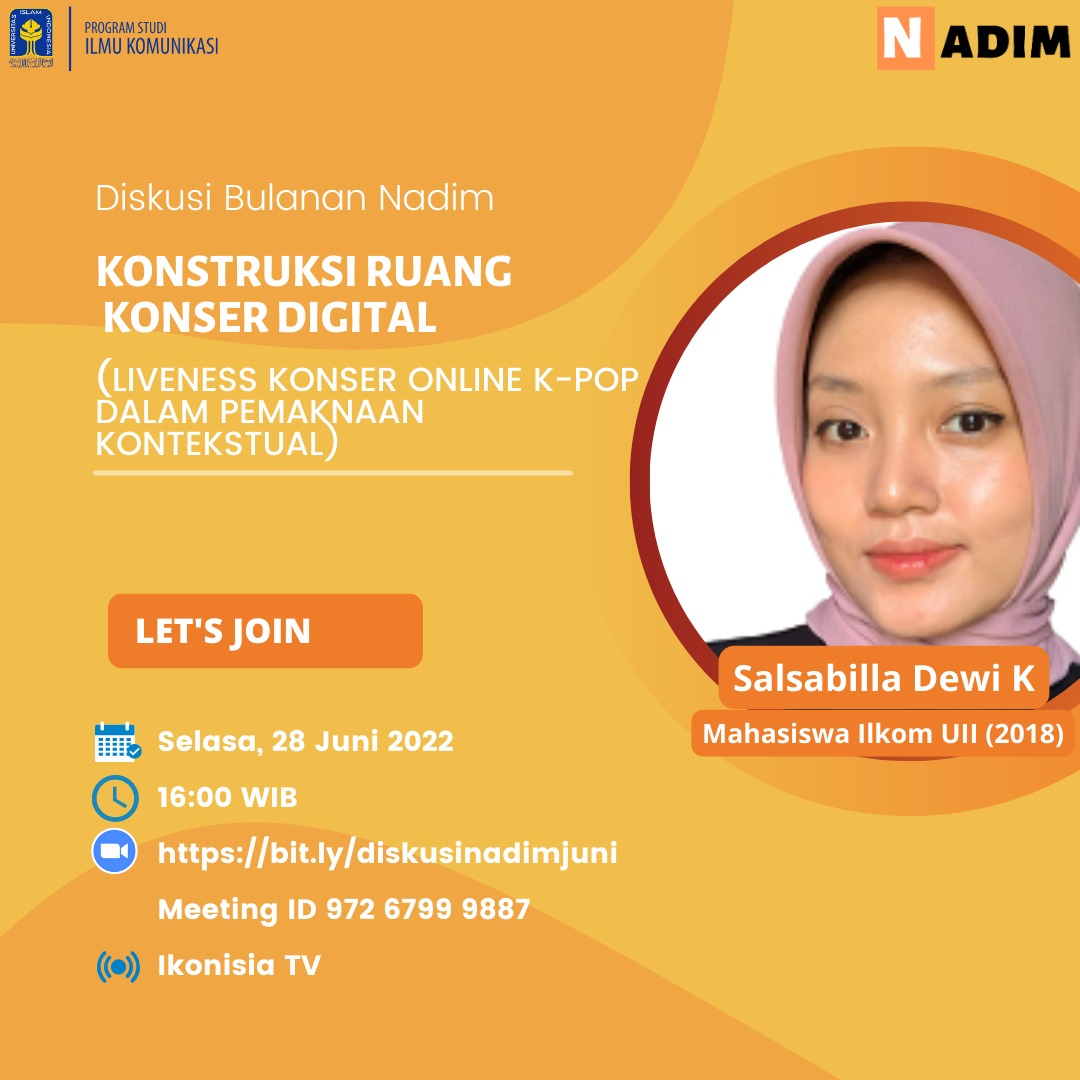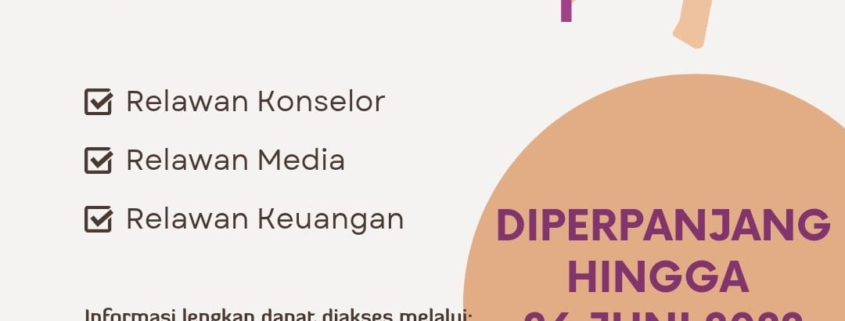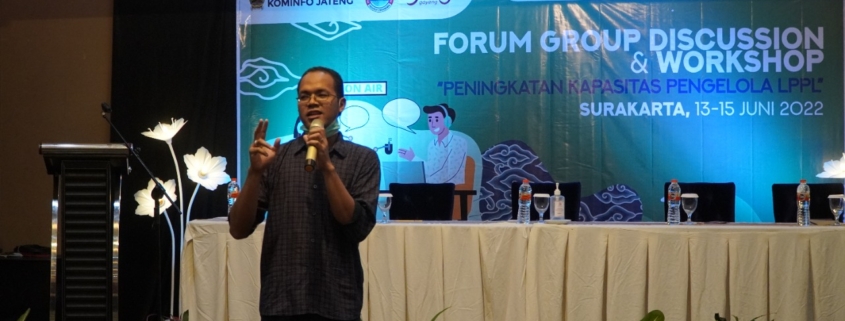A lot of posts are produced every month on the website, but the number of visitors is often not maximized. In addition, the readability rate is also small. This can be seen from the duration of visits and long posts, but the time of holidays is only a few seconds. This is very unfortunate. Then how to optimize visits and existing content?
This was answered in the website optimization training held by the Public Relations of Universitas Islam Indonesia (UII) on July 4, 2022. This training invited Didik Arwinsyah, an online businessman and internet marketer. This event was intended to improve the affordability of official website content at Universitas Islam Indonesia. In addition to optimizing the affordability of writing, this training also aims to increase the capacity of website managers in all units and directorates at UII.
The problem that often occurs and is experienced by internet marketers or website managers is how to make their website at the forefront of search engines. “It is not because the writing is bad or uninteresting. Often website managers do not understand how to make their content appear on the first page of Google search when visitors type keywords in the search engine,” Didik Arwinsyah explained. “Internet marketers must pay attention to SEO so that our website, name, brand, or campus, appears on search engines,” Didik added.
Key Tips and Tricks to Optimize Campus Web SEO
SEO stands for Search Engine Optimization or commonly abbreviated as SEO. This SEO contains several references so that an article or content can be at the top of a search in a search engine like Google. Here, internet marketers or website managers must pay attention to several things, such as originality, writing length, and structure. And the most important thing is the content itself. Does our article answer visitors’ problems? Some tips are explained as follows.
Originality
The writing or article should not be the same as other media writing. The article must be original and not copied from existing papers to create SEO for See More Visitors. If the essay is the same, the writer must rewrite it with their grammar and paraphrasing.
Article length
The length of the article should be at least 500 words. Pieces that are too long must be very tiring to read. Articles that are too short will also not make for comprehensive writing. A well-written essay that can be tracked by Google search is usually around 500 words.
Problem-solver
Visitors or website visitors conduct searches to find information about certain things. Visitors are searching for answers to problems, and the article writing is an answer to the problem they are looking for. That means making sure the title of the article contains the keyword problem. And make sure the report includes the answer to the problem.
Articles that are different from other content creators
Articles on certain websites are often the same as on other websites. Usually, it only changes the language, but the essence is the same. Meanwhile, visitors are looking for many articles to find as much information as possible. Also, to find a different perspective from other articles. If one article with another only presents the same thing, of course, it will only be skipped by visitors. It is important to have content that has a different view and substance from other websites.

